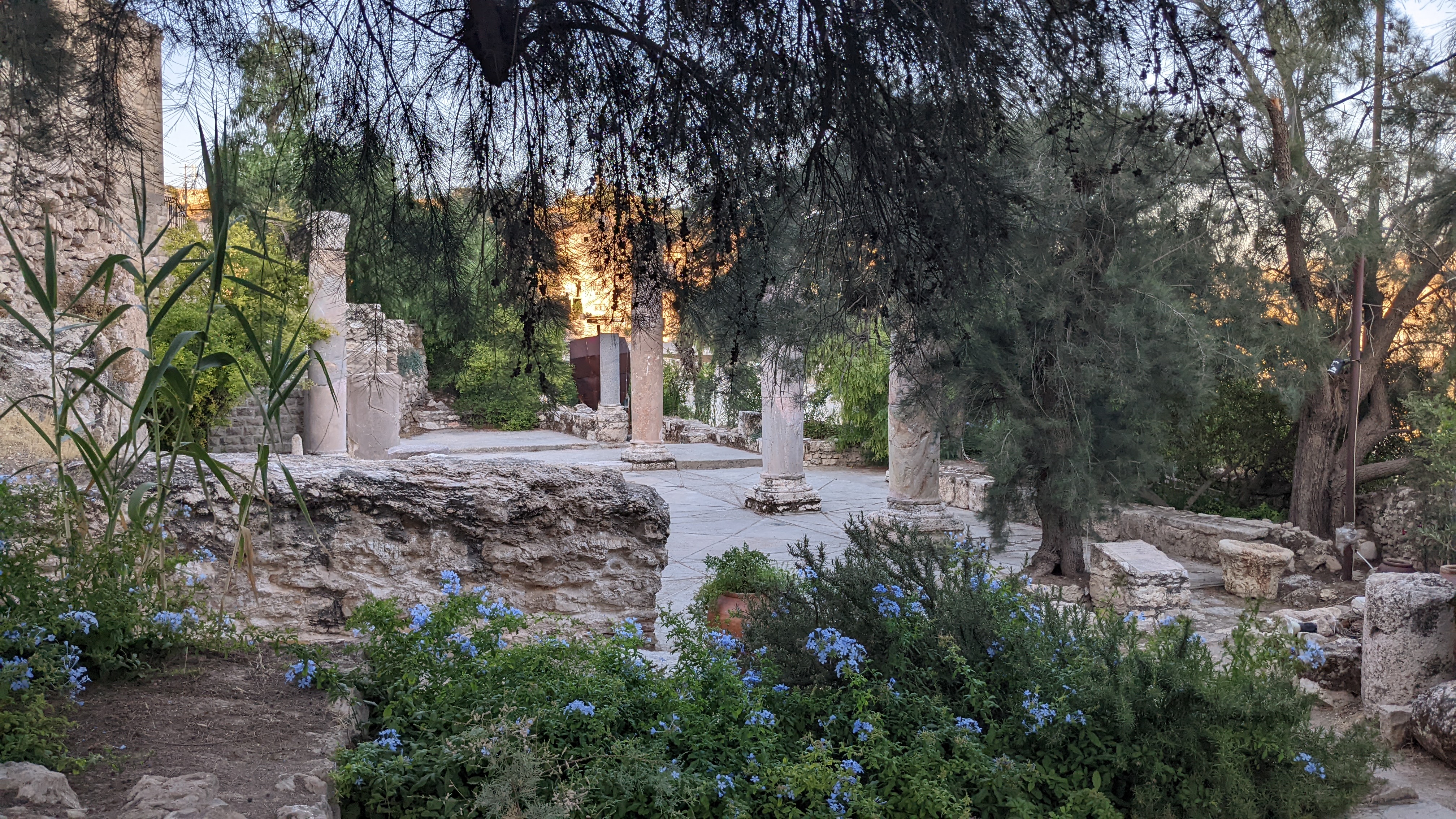!مرحبا
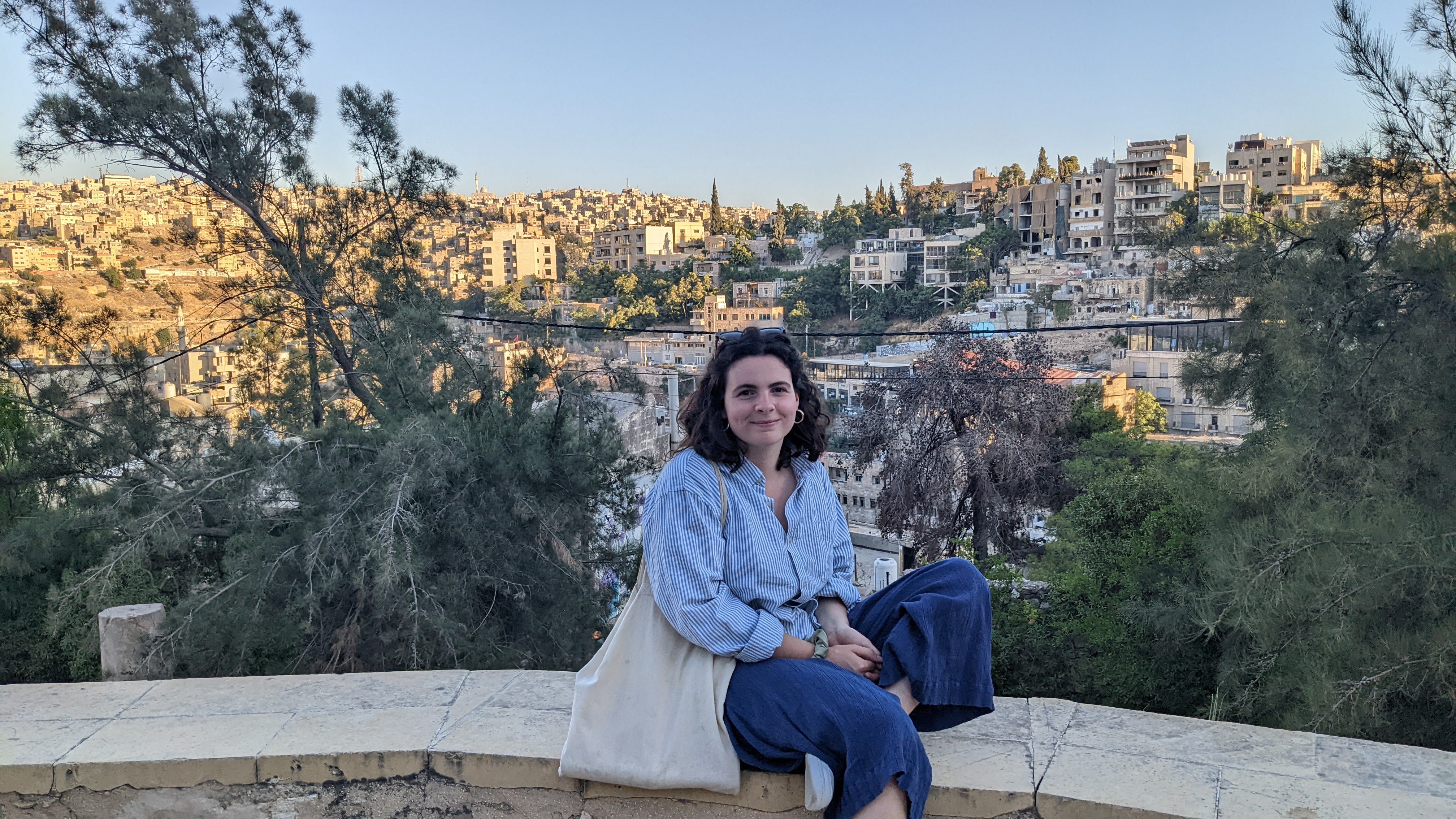
أنا وَصَلتُ إلى عمان مُندُ عشرة أيوم الحَمد اله. أتَحَدَّثُ عن تاريخ العمان و تجارِب الثقافة. عمان كونتِ مَكان مُنذُ عشرة آلاف سَنَوات. الاسم “عمان” بِالنَسبة لِ مملكة ألامونيت. المدينة بقات البغس في هدَ حسنا جمال طوِال أعمار الأوسَط أعمار. هي كونتِ كَبير البَقِير مَكان لِناس على الحَخ ألى مكة. هي صبَحَت لاَ كَبير في العثماني وحكم و لِذالك كونتِ غابَت. مدينة عمان هذاهو اِزذِحام الحَياة. الثَقافة مُختِلف عن الثَقافة الينخليزية. الناس جِداً صَداقاتِ اَكِن يَتناولون عادهِم هذا مُمتع. عندَما وَصَلتُ مِن المَطار، هُناكت مَخموعة الناس يقفزون ويرقصون إلى الموسيقي إلى التُرحيب العاىِلة وَطَن. على الشارِع إلى الفُندُق أنا بِرىَت العانِلت إلى الجِهاتة الشارِع كانوا يحتفلون بعيد الاضحى. كان الدين غنم وشيشة.
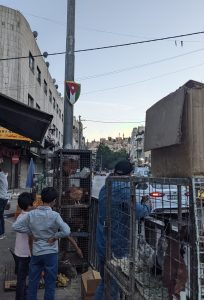
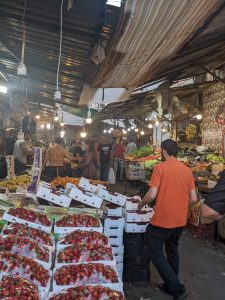
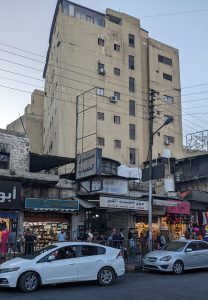
اليوم قادم أنا ذَهَبَتُ على رِحلة إلى البلَد, التَجارة قديم مَركز العمان. الرَجُل أزدُني السمَلا محمد. هو ستين سنة و هو يَسكونَ في ععمن كُل الحَياة. البلد مَشهور أسواقها. كان لدِيهَم مَلابِس وحلويات وفاكِهة وحيوانات وكَثيرون. في مرة علم عشرين، بِسَبَب العثماني مَخَرَج وإسرائيل-عَربي وإنسان فِلِسطينيون، السَكان أنتِ ذَهبَتِ ثلاثة الاف إلى اربَعَة ملايين إنسان. هذا القَصد هُناكَ أسواق كَثير. سوق الحَمَدية الِسمَلا سوق الحَمَدية في دِمشق. هذا أيضاً سوق الشراقي وسوق اليمني والحَيُ الارمنيُ. أنا أيضَاً ذَهَبَتُ إلىُ المُتحَف دارة الجنور، عَم فِلِسطينيون، و الاردني عَلاقة إلى التجارة المَعرِض. لاَ أنا أفَكر أنا يريد المَعرِض بِِسَبَب أنا وَجَدَتُ بِحادِث و هذا عَم التريك الاِقتِصاد و أنا مُتَخَصَص في التاريخ الدين والاِجتِماع. هذا المُتَحفُ أنا تَذَكرتُ المُهِمون حالو الاِقِتِصاد بَلد على عَلاقات الاِجتِماع والدين بَينَ النِس. ثمانون بالمئة شراك الاردنين اِشتَرىِ، الزيادة من بالمىاِثنان قبل ١٩٨٠. هذا بِسَبَب الزيادة الكَبر في الاِحتيِاج على شراك من بُلدان أجنَبي حَيث الفِلِسطينيون هُنَ انتَقَلن في عمان والارِضرٌ كان ذَلِك مَرَة المَزرعة الاَن بُيوتٍ. علمتُ بعمان المُوَسَسات تَعرض صُعوبات النِسا.
المُتَحفُ بُنين سِتة هِئة عام كَنيسة ، بِجانِب المعبَد الروماني، بِالنَسبة لِعمان مع ان من كثير المَدينة الجَديد، إنها غَنية بِالتاريك والمَدينة لا تَتوقف ابداً.
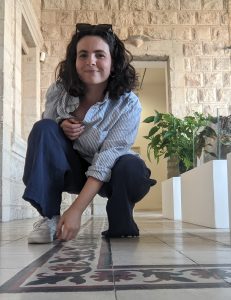
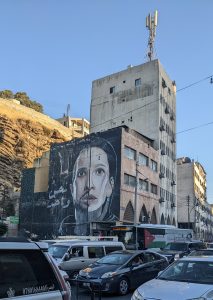
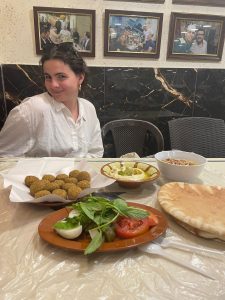
Hello!
I arrived in Amman, Jordan, ten days ago alhamdulillah. I will talk about the history of Amman and cultural experiences. Amman has been a settlement for ten thousand years. Its name refers to the Ammonite Kingdom. The city remained in its beauty and splendour throughout the middle ages, as it was a key place of rest for people on pilgrimage to Mecca. It became less important during the Ottoman era and thus it was left abandoned. Amman is a city that is full of life. The culture is different from British culture, as the people are very friendly. They have customs nonetheless that are interesting. When I arrived from the airport there was a group of people singing and dancing to music and drums to welcome their family home. On the road to the hostel I saw families on the side of the road celebrating Eid al-Adha, they had sheep and shisha.
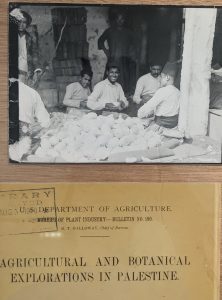
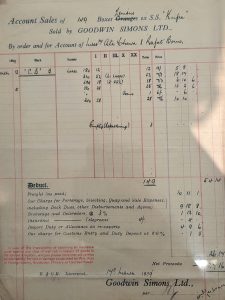
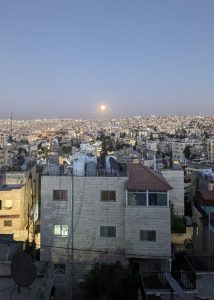
The next day I went on a tour trip to al-Balad (Downtown Amman), the old commercial centre of Amman with A Jordanian man named Muhammad. He is sixty years old and has lived in Amman all of his life. al-Balad is famous for its markets. They have clothes, sweets, fruits, animals, and much more. In the 20th century, due to the Ottoman departure, the Israeli-Arab conflict and Palestinian refugees, the population of Amman went from three thousand to four million people. This means there are many markets, the al-Hamidiya market is named after a famous market in Damascus. There is also the Iraqi market, the Yemeni market, and the Armenian quarter. I also went to a museum called Darat al-Funun to see the exhibition “re-rooting,” about the Palestinian and Jordanian relationship with global trade. I did not think I would enjoy the exhibition as much as I did, because I found it by accident, and it is about economic history. I am a specialist in social and religious history. This museum however reminded me of the importance the economic situation of a country has on the social and religious relations between the people. 80% of Jordanian bread (shrak) is imported, an increase from just 2% before 1980. This is because of the huge need for foreign bread exports when Palestinians moved to Amman, and the land that was once farmland, is now houses.
I learnt that Amman’s infrastructure shows the struggles of the people. The museum is built on a sixth century church, next to a roman temple, reflecting that although much of the city is new, it is rich in its history and the city never stops changing.
